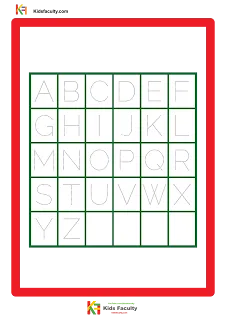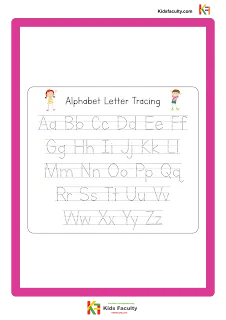Kidsfaculty
Our mission is to provide free preschool printable worksheets to teachers and parents.
Thursday, December 19, 2024
Worksheets for Kids [WS]
Fun Early Math Worksheets
Welcome! Here is our collection of free, printable math worksheets designed to make learning fun for kids. Click on any worksheet to view and print the full-size version.

Count & Match
Practice counting objects and matching them to the right number.

Simple Addition
Introduce basic addition with fun, visual problems.

Shape Finders
Learn to identify and color common geometric shapes.

Number Tracing
Develop fine motor skills by tracing numbers 1 through 10.

What Comes Next?
Challenge logical thinking by completing fun patterns.

Bigger or Smaller?
Learn the concepts of size comparison by circling the bigger object.
Friday, May 3, 2024
Alphabet Letters Tracing 27 Pages
Free Preschool Alphabet Tracing Worksheets
Download our complete 27-page alphabet tracing PDF to help your little one learn their ABCs! Click the button below for the full high-quality set, or browse the individual page previews in the gallery.
Wednesday, April 3, 2024
Colors FlashCards. [3 Pages]
Color Flash Cards for Kids
A fun and vibrant set of flash cards to help children learn their colors. Download the complete, high-quality PDF file or browse the preview images below.






































_03.png)
_02.png)
_01.png)



